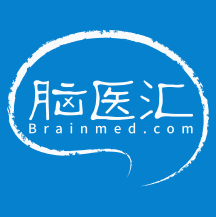Brain injury/damage, including brain trauma or stroke, has a high morbidity and mortality, and is often accompanied by severe neurological deficits post injury. Despite advances in therapeutics targeting brain repair and remodeling, positive clinical outcome is still a challenge and there continues to be a tremendous unmet clinical need for patients. Currently, transplantation of stem cells derived from several tissue sources has been recognized as very promising biologic-based therapy for regeneration and remodeling after brain injury, for instance, neural stem cells (NSCs), mesenchymal stem cells (MSCs) and induced pluripotent stem cells (iPS cells).
Upon brain injury, oxidative stress and inflammatory response are two early events in the biological cascade following brain injury. These two events are work synergistically and directly trigger the process of autophagy. Appropriate autophagy would contribute to brain recovery by reducing oxidative stress and inflammatory responses, whereas autophagy dysfunction exacerbates brain injury. Various studies have demonstrated that stem cells and their regenerative properties could impact tissue damage following brain injury in the following aspects: cellular replacement, secreting neurotrophic factors, and mitochondrial transfer.
This collection aims to discuss the recent progress on stem cell therapy for brain injury, specifically studies elucidating the mechanisms in terms of oxidative stress, mitochondrion dysfunction and autophagy. The collection welcomes all original and review articles on topics such as:
• Stem cell therapy for brain repair after brain injury/damage, including brain trauma or stroke;
• Underlying mechanisms upon stem cell replacement for brain injury, including cellular/tissue regeneration/remodeling, oxidative stress, inflammatory response and autophagy;
• Immune-response problems following stem cell therapy for brain injury;
• Mitochondrial role after stem cell therapy for brain injury;
• Detection of stem cell therapy for brain injury using imaging techniques, i.e. brain magnetic resonance;
• Application of new tools, techniques, or models for studying stem cell viability or survival after implantation, such as organoids.




